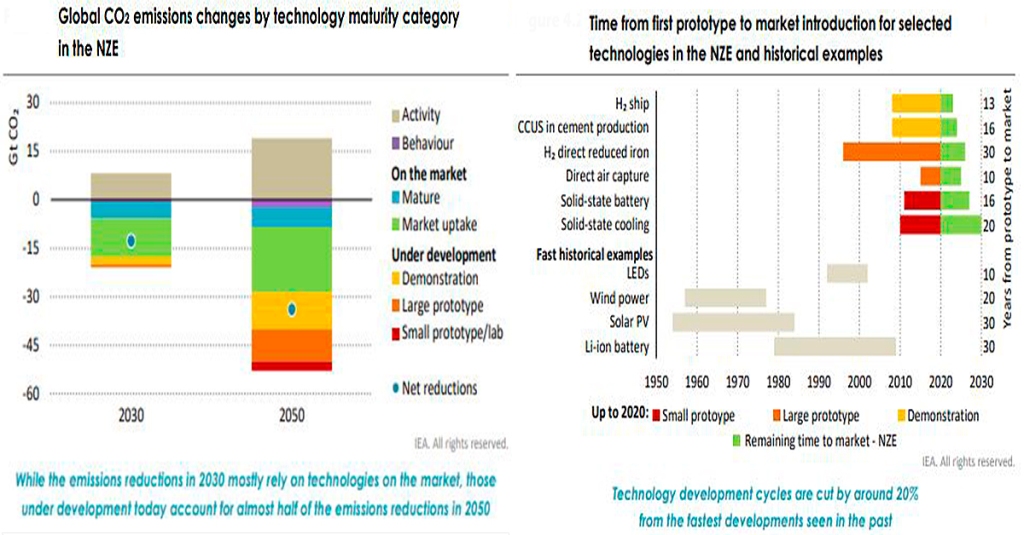In an era where technological advancements are not just rapid but revolutionary, generative AI stands at the forefront, redefining the boundaries of what’s possible. This makes important to understand and adapt to the risks and regulatory challenges posed by technologies like Generative AI.
Understanding the Landscape: Generative AI, with its ability to create content and automate processes, is a game-changer for businesses across various sectors. However, with great power comes great responsibility. It is important for business leaders to be well-versed in the potential risks associated with these technologies. From data privacy concerns to ethical implications, the landscape is complex and ever-evolving. As these AI models become more integrated into business operations, understanding their legal and ethical dimensions becomes paramount.
Navigating the risks associated with generative AI: this involves a multifaceted approach. Here are key strategies a company can adopt:
- Stay Informed and Educate Teams: Continuously educate yourself and your team about the latest developments in generative AI. Understanding the capabilities and limitations of these technologies is crucial. Regular training and workshops can help employees stay abreast of new developments and understand the ethical and legal implications of AI.
- Develop Robust Policies and Guidelines: Create clear policies and guidelines for using generative AI. These should cover areas like data privacy, ethical use of AI, and compliance with relevant laws and regulations. Ensure these policies are regularly updated to reflect the evolving nature of AI technology and regulatory landscapes.
- Implement Strong Data Governance: Since generative AI often relies on large datasets, it’s vital to have strong data governance policies in place. This includes ensuring data privacy, securing data against breaches, and complying with data protection regulations like GDPR or CCPA.
- Risk Assessment and Management: Conduct regular risk assessments to identify potential risks associated with the use of generative AI. This should include evaluating the impact of AI decisions and outputs on various stakeholders, including customers, employees, and the broader community.
- Ethical AI Framework: Develop an ethical framework for AI use that aligns with your company’s values and ethical standards. This includes ensuring fairness, transparency, and accountability in AI systems.
- Engage with Legal and Compliance Teams: Work closely with legal and compliance teams to understand the regulatory environment and ensure that your use of AI is compliant with all relevant laws and regulations.
- Collaborate with External Experts: Collaborate with external experts, including AI ethicists, legal experts, and industry peers, to gain diverse perspectives and stay informed about best practices in AI usage.
- Monitor AI Performance and Impact: Continuously monitor the performance of AI systems to ensure they are working as intended and not producing biased or unfair outcomes. Be prepared to modify or discontinue the use of AI systems that do not meet ethical or performance standards.
- Transparency and Accountability: Be transparent with stakeholders about how AI is being used in your business. This includes being open about the capabilities of AI systems and any limitations or risks associated with their use.
- Prepare for Future Regulations: Anticipate future changes in the regulatory landscape and be prepared to adapt your AI strategies accordingly. This proactive approach can help avoid compliance issues and maintain a competitive edge.
By implementing these strategies, companies can better navigate the risks associated with generative AI and leverage its benefits responsibly and ethically.
Conclusion: The message is clear: the time to act is now. Businesses cannot afford to be passive consumers of generative AI technology. Instead, they must be active participants in shaping its use within their operations. By developing informed policies and staying ahead of regulatory curves, businesses can harness the full potential of generative AI while mitigating its risks. This proactive approach is not just a safeguard but a strategic advantage in the rapidly evolving digital world. As we step into the future, embracing and shaping the landscape of generative AI becomes a key determinant of success for businesses worldwide.







 ersal access to energy, focusing the analysis on Latin America. From here, the job carries out a critical study of the different renewable energy support mechanisms in the region. Afterwards, it studies the national R&D programs. The writing continues with the agents of the market and the roles and issues they find in their value chain within the region. From it, the book introduces the subject of investment, uncovering the ultimate problem, as well as the origin and destination of the investment flows that Latin America has received in renewable energy. Before finalizing, it analyses the financial instruments used for investment in renewable energy. Finally, the work ends with two real business cases of investment in power plants, which are financially modelled (Project Finance and Project Bonds). As a final conclusion, the writing highlights business opportunities, obstacles and solutions, all influencing the development of renewable energies in the region.
ersal access to energy, focusing the analysis on Latin America. From here, the job carries out a critical study of the different renewable energy support mechanisms in the region. Afterwards, it studies the national R&D programs. The writing continues with the agents of the market and the roles and issues they find in their value chain within the region. From it, the book introduces the subject of investment, uncovering the ultimate problem, as well as the origin and destination of the investment flows that Latin America has received in renewable energy. Before finalizing, it analyses the financial instruments used for investment in renewable energy. Finally, the work ends with two real business cases of investment in power plants, which are financially modelled (Project Finance and Project Bonds). As a final conclusion, the writing highlights business opportunities, obstacles and solutions, all influencing the development of renewable energies in the region.